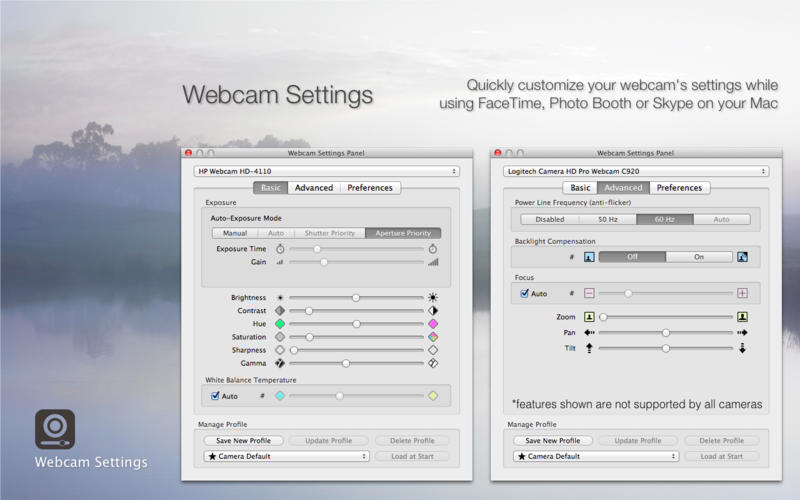

There are two options in the General preference pane that changes the way the menu bar displays. You display it in the same manner, by moving your cursor to the top of the screen.
DISPLAY MENU MAC FULL
If you use any apps in full screen mode, the menu bar hides by default, even if you don’t turn this option on. When you do this, the menu bar slides up off your screen, and only comes back again when you move your cursor to the top of your display, or if you activate the keyboard shortcut I mentioned above that highlights the menu bar. In the General pane of System Preferences, check Automatically Hide and Show the Menu Bar. If so, you can hide it when you’re not using it. You might find the menu bar to be a distraction. But don’t worry if you forget you can always see them in any menu, or sub-menu, as a reminder.

As you peruse the menus, try to commit to memory the shortcuts you use often. Instead of selecting text, then choosing File > Copy, just press Command-C. For example, in the Edit menu, you’ll see that Cut, Copy, and Paste respectively have the shortcuts ⌘X, ⌘C, and ⌘V.
DISPLAY MENU MAC MAC
You’ll notice that many of the menus on your Mac display keyboard shortcuts. Just press Enter when you’ve found the command you want to use. You can then use the arrow keys to navigate the menus and their commands: the right arrow key moves across the menu bar, and the up and down arrow keys navigate each menu. When you activate this keyboard shortcut, the menu highlights. (That’s the ctrl key and the F2 key at the same time.) You can change this shortcut if you like, but bear in mind that, on some Mac keyboards, you’ll also need to press the fn key at the bottom left of the keyboard. Check Move Focus to the Menu Bar, and you’ll see there’s a shortcut there: ^F2. In System Preferences, on the Keyboard tab, click Shortcuts, then Keyboard. You can even activate the menu bar from the keyboard if you turn on a setting. If you click a menu name, and a menu displays, you can navigate that menu using the arrow keys on your keyboard. Similarly, you can also control the menu bar with your keyboard. (In this article, I’ll abbreviate actions like that by saying “Choose File > Save.”) For example, you can click File, then move your mouse, or glide your finger or your trackpad, select Save, and then click the mouse or trackpad to activate that command. You click on a menu name, then you choose a menu item in a menu. In this article, I’m going to explain some of the lesser known features that make the menu bar a powerful tool for using your Mac. And you can access the menu bar from the keyboard, and change the way it displays. Yet, do you really know all of the many features it offers? You can access menus and their commands, of course, but you can also use menu extras (those icons at the right side of the menu bar, which Apple also refers to as status menus), search for menu commands, get help, and much more. The menu bar is one of the most ubiquitous elements you use to control your Mac.
DISPLAY MENU MAC HOW TO
How To + Recommended How to Use the Menu Bar in macOS Sierra


 0 kommentar(er)
0 kommentar(er)
